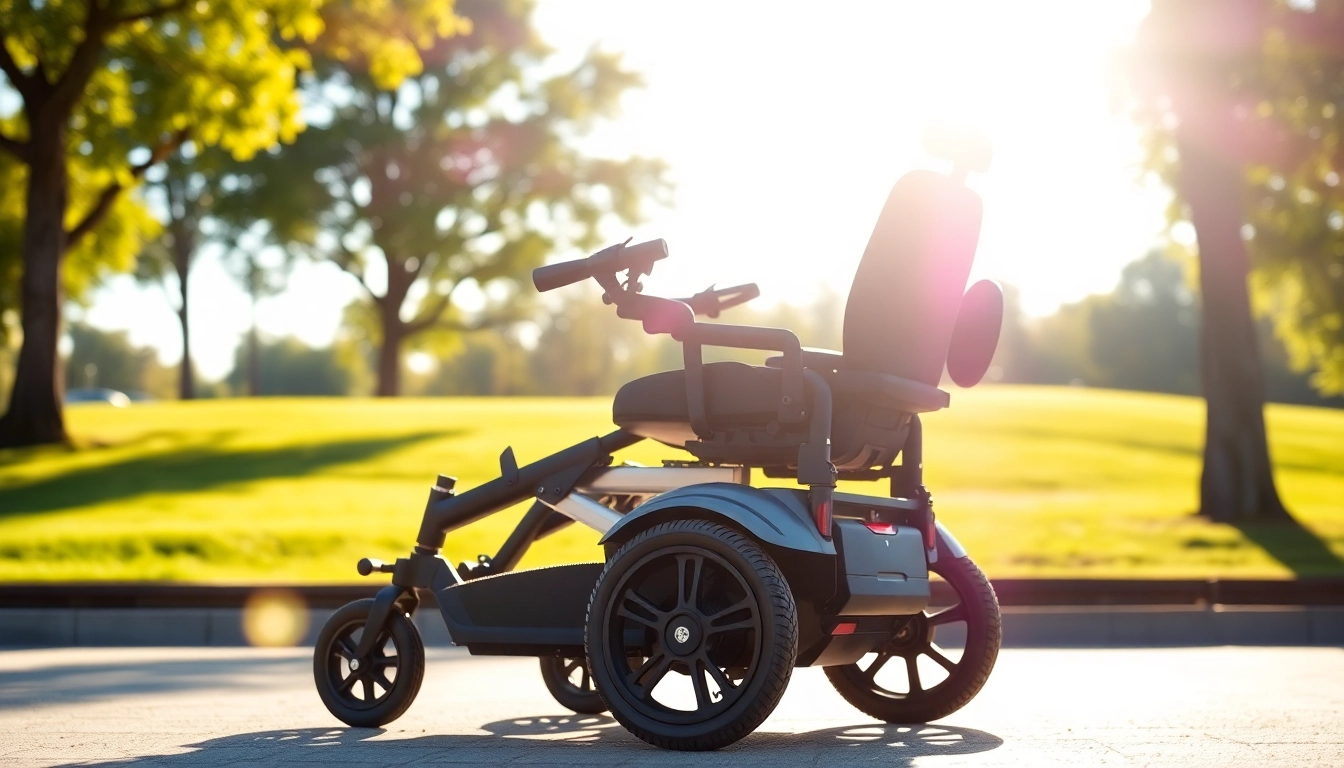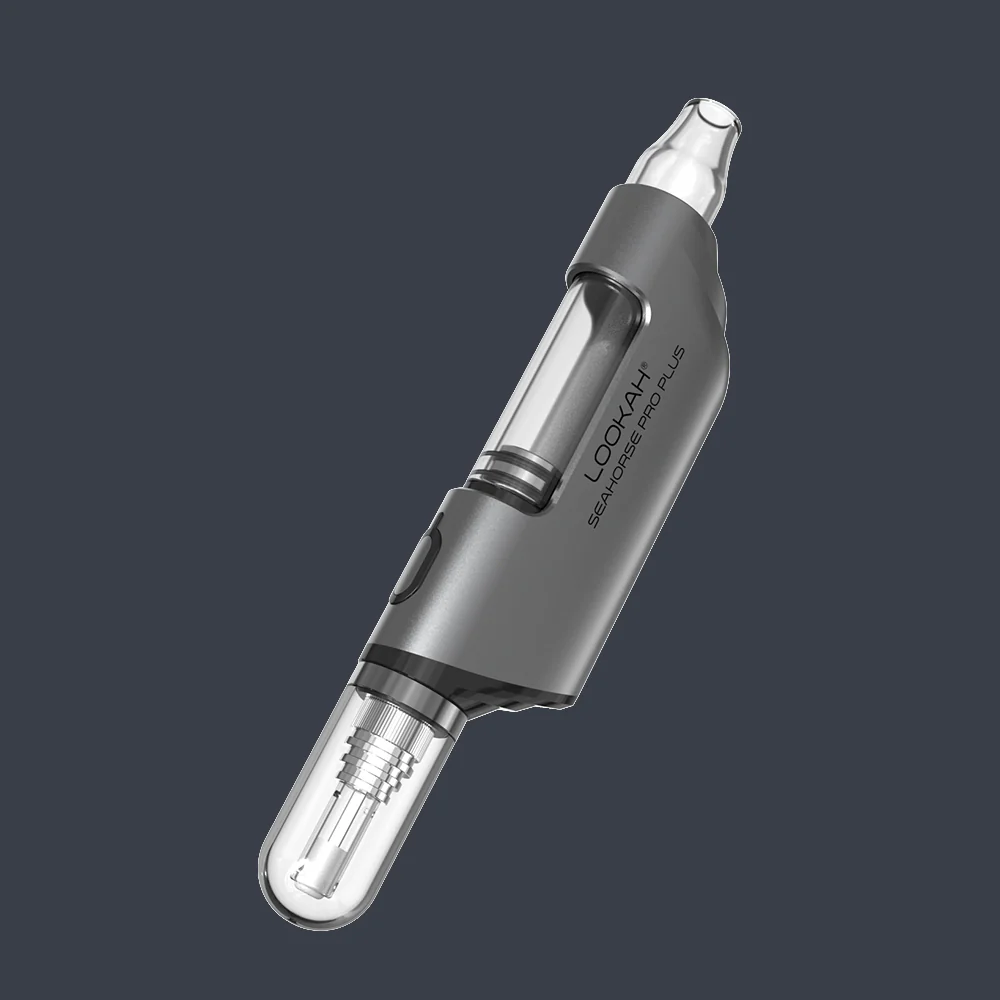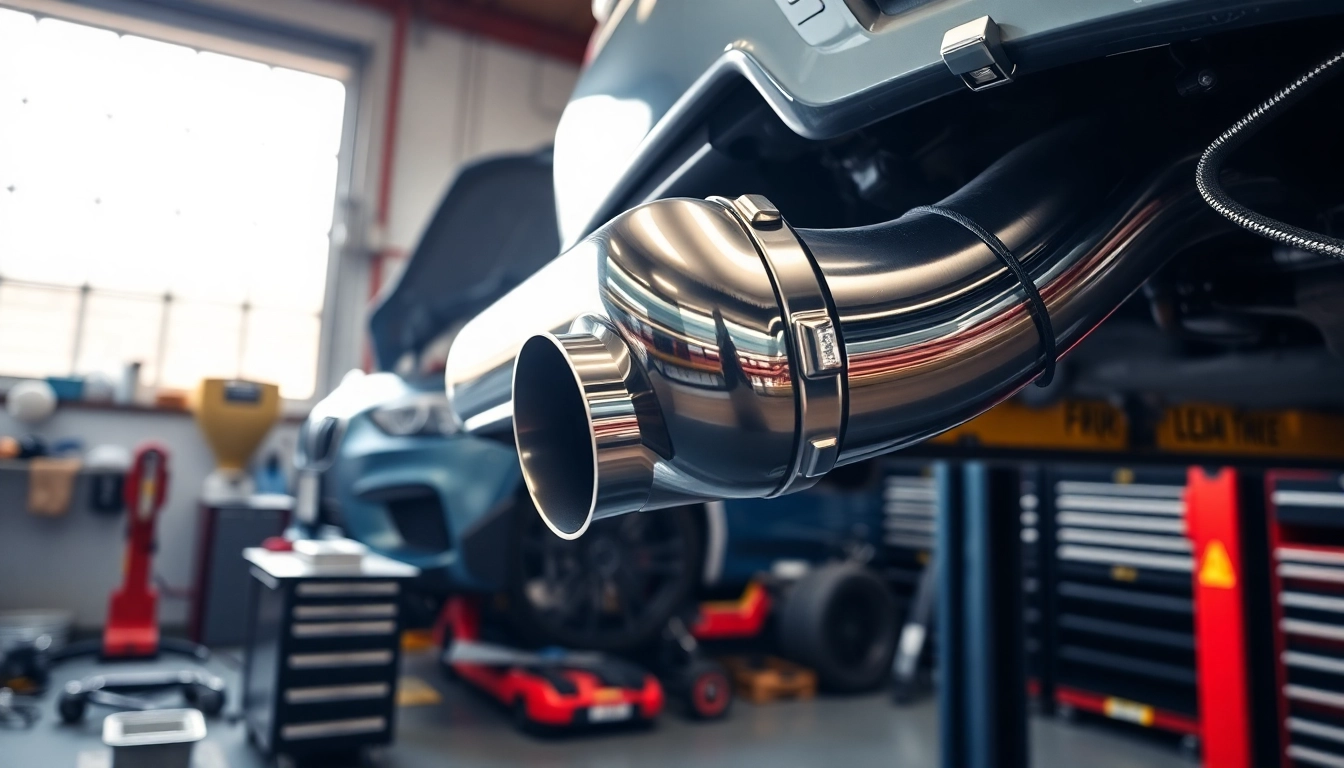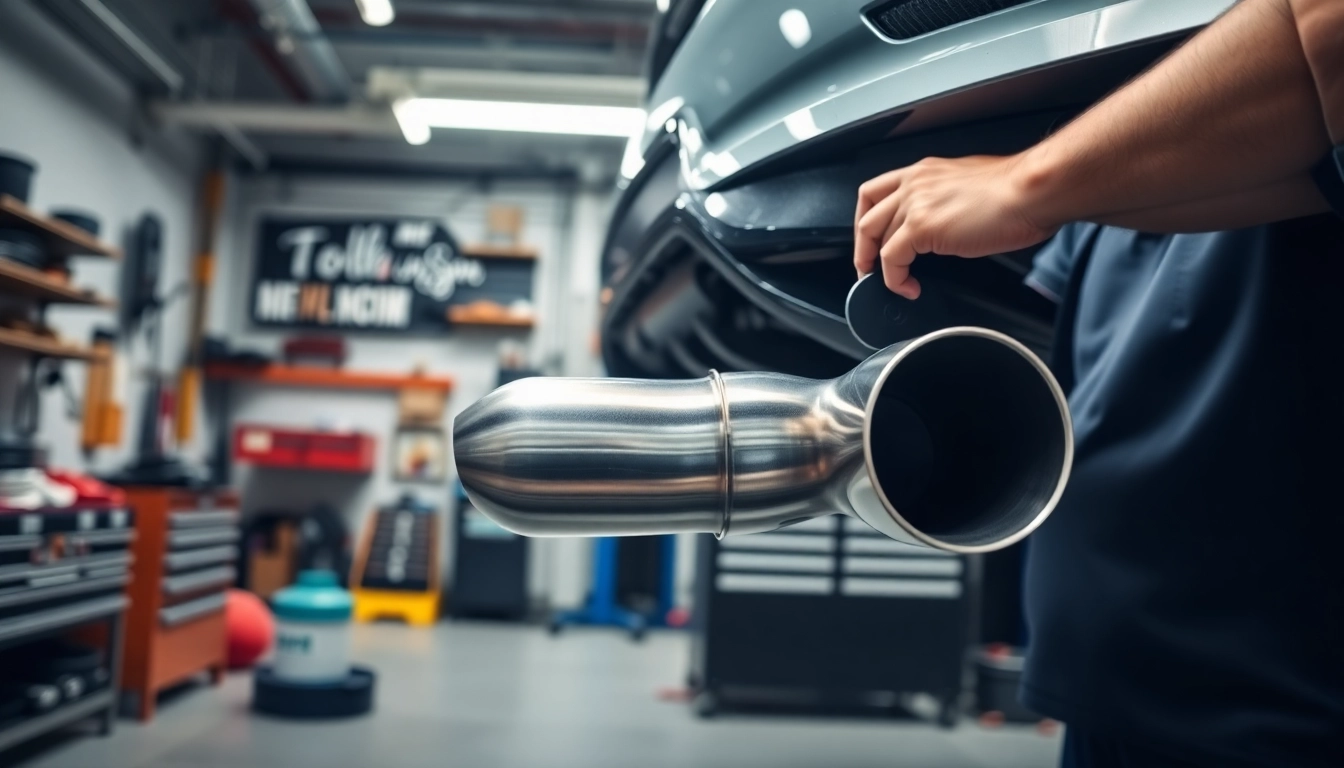
Understanding Power Wheelchairs
What is a Power Wheelchair?
A power wheelchair, often referred to as an electric wheelchair, is a mobility device powered by an electric motor, allowing individuals with limited mobility to move independently. Unlike manual wheelchairs, which require physical effort to propel forward, power wheelchairs are equipped with rechargeable batteries that power the wheels, enabling smooth and effortless movement. Power wheelchairs are designed for various terrains, including indoor and outdoor use, and they come with a range of customizable options to accommodate individual needs and preferences.
Key Features of Power Wheelchairs
Power wheelchairs are designed with various features that enhance user comfort and mobility. Some of the key features include:
- Joystick Control: Most power wheelchairs are controlled via a joystick, which allows users to navigate easily in different directions with minimal effort.
- Adjustable Seat: Many models offer adjustable seating options, which can be modified for height, depth, and angle to ensure optimal comfort.
- Battery Range: The battery life varies by model, with some power wheelchairs capable of traveling up to 15 miles on a single charge, making them suitable for long outings.
- Customization: Accessories such as armrests, footrests, and back supports can often be customized to provide the best fit and comfort.
- Folding Mechanism: Some power wheelchairs come with a folding mechanism, which makes transportation and storage easier.
- Safety Features: Many models include features like anti-tip technology, speed limit settings, and electronic brakes for enhanced safety.
Benefits of Using a Power Wheelchair
Power wheelchairs offer numerous benefits that improve the quality of life for users:
- Increased Independence: With a power wheelchair, individuals can navigate their environments without requiring assistance, empowering them to perform daily activities on their own.
- Enhanced Mobility: The ability to maneuver over various surfaces, including grass and gravel, makes power wheelchairs highly versatile for outdoor activities.
- Reduced Physical Strain: Users can conserve energy and reduce the risk of injury that often accompanies manual wheelchair use, particularly for those with upper body weaknesses.
- Custom Comfort: The customizable features of power wheelchairs allow users to tailor their seating arrangements for enhanced comfort and posture support.
Choosing the Right Power Wheelchair
Assessing Your Mobility Needs
Selecting the right power wheelchair begins with evaluating individual mobility needs. Consider the following factors:
- Degree of Mobility Impairment: Understanding the specific limitations will help determine the necessary features, such as speed and control type.
- Environment: Consider where the wheelchair will primarily be used—indoors, outdoors, or both. This affects options like wheel size and terrain adaptability.
- Activities of Daily Living: Ensure the wheelchair meets the user’s ability to perform daily activities, like accessing transportation, working, or engaging in social activities.
Comparing Different Models
With the wide variety of power wheelchair models available, it is essential to compare features, performance, and price:
- Performance: Assess how different models perform in terms of speed, battery life, and handling different terrains.
- Size and Weight: Ensure the wheelchair fits through doorways and can be lifted or transported easily if necessary.
- Warranty and Support: Investigate manufacturer warranties and customer support options, as these can greatly affect long-term satisfaction.
How to Test for Comfort and Fit
Comfort is crucial. Here are steps to ensure an appropriate fit:
- Sit in the Wheelchair: Spend time in various models to gauge overall comfort, paying attention to seat depth, width, and back support.
- Adjust Seat Parameters: Ensure adjustments can be made easily to match the user’s anatomy.
- Take it for a Test Drive: If possible, test the wheelchair in different settings to evaluate handling, joystick responsiveness, and comfort during movement.
Maintaining Your Power Wheelchair
Routine Maintenance Tips
Proper maintenance extends the lifespan of a power wheelchair and ensures it operates safely and effectively. Key maintenance practices include:
- Battery Care: Regularly check battery health and charge it according to the manufacturer’s guidelines to ensure optimal performance.
- Tire Maintenance: Inspect tires for wear and proper inflation, as this affects traction and ride quality.
- Cleaning: Keep the wheelchair clean by wiping down surfaces and checking shifting mechanisms for debris.
Common Troubleshooting Steps
When problems arise, simple troubleshooting steps can save time and money:
- No Power: Check the battery charge and connections. Ensure the wheelchair is fully charged.
- Joystick Malfunction: Verify if the joystick is properly connected. Restart the system if needed.
- Unusual Noises: Investigate any strange sounds, as they can indicate mechanical issues requiring attention.
When to Seek Professional Help
While many minor issues can be handled at home, certain situations require professional intervention:
- Persistent Malfunctions: If troubleshooting doesn’t resolve the issue, reaching out to a qualified technician is essential.
- Electrical Problems: Any signs of electrical failure should be addressed by a professional to avoid safety hazards.
- Routine Inspections: Schedule professional inspections to keep the wheelchair in top condition, particularly for complex systems.
Financing Options for Power Wheelchairs
Insurance Coverage Insights
Navigating the world of insurance can be daunting, but understanding your coverage is vital when seeking a power wheelchair. Factors to consider include:
- Medicare: Medicare may cover power wheelchairs provided they are deemed medically necessary. Documentation from healthcare providers is typically required.
- Private Insurance: Review your plan for potential coverage limits and requirements. Speak with your provider about pre-approval processes.
Government Assistance Programs
Various governmental programs can aid in the acquisition of a power wheelchair:
- State Programs: Many states offer assistance programs for individuals with disabilities that can help subsidize costs.
- Veteran Benefits: Veterans may qualify for specific programs offering support for assistive devices.
Private Financing Solutions
If insurance options fall short, private financing can be an excellent alternative for acquiring a power wheelchair:
- Payment Plans: Many medical supply companies offer financing plans that allow users to make manageable monthly payments.
- Personal Loans: Consider personal loans or lines of credit if low-interest rates are available, but be mindful of repayment terms and interest accrual.
Real-Life Success Stories
Testimonials from Power Wheelchair Users
Here are some inspiring stories from real users of power wheelchairs:
“Using a power wheelchair changed my life dramatically. I can now navigate my neighborhood with ease, allowing me to reconnect with friends and family without feeling restricted.” – Sarah, 34
“After getting my power wheelchair, I was finally able to return to my job and enjoy my hobbies again. It’s given me a sense of independence I thought I lost forever.” – John, 42
Impact on Lifestyle and Independence
The influence of power wheelchairs on user lifestyles is profound. Enhanced mobility leads to greater participation in community activities, increasing social interaction and reducing feelings of isolation. Users often report a renewed sense of freedom, allowing them to tackle daily tasks, participate in recreational activities, and engage with their communities.
Community Resources and Support Groups
Advocacy and support networks play an essential role in the lives of power wheelchair users. Resources include:
- Local Support Groups: Joining local organizations can provide users with emotional support, shared experiences, and practical advice.
- Online Communities: Digital platforms offer forums and discussion groups where users can exchange tips, experiences, and resources.
- Workshops and Events: Many communities organize workshops focusing on mobility aids, providing demonstrations and hands-on experiences with various models.






